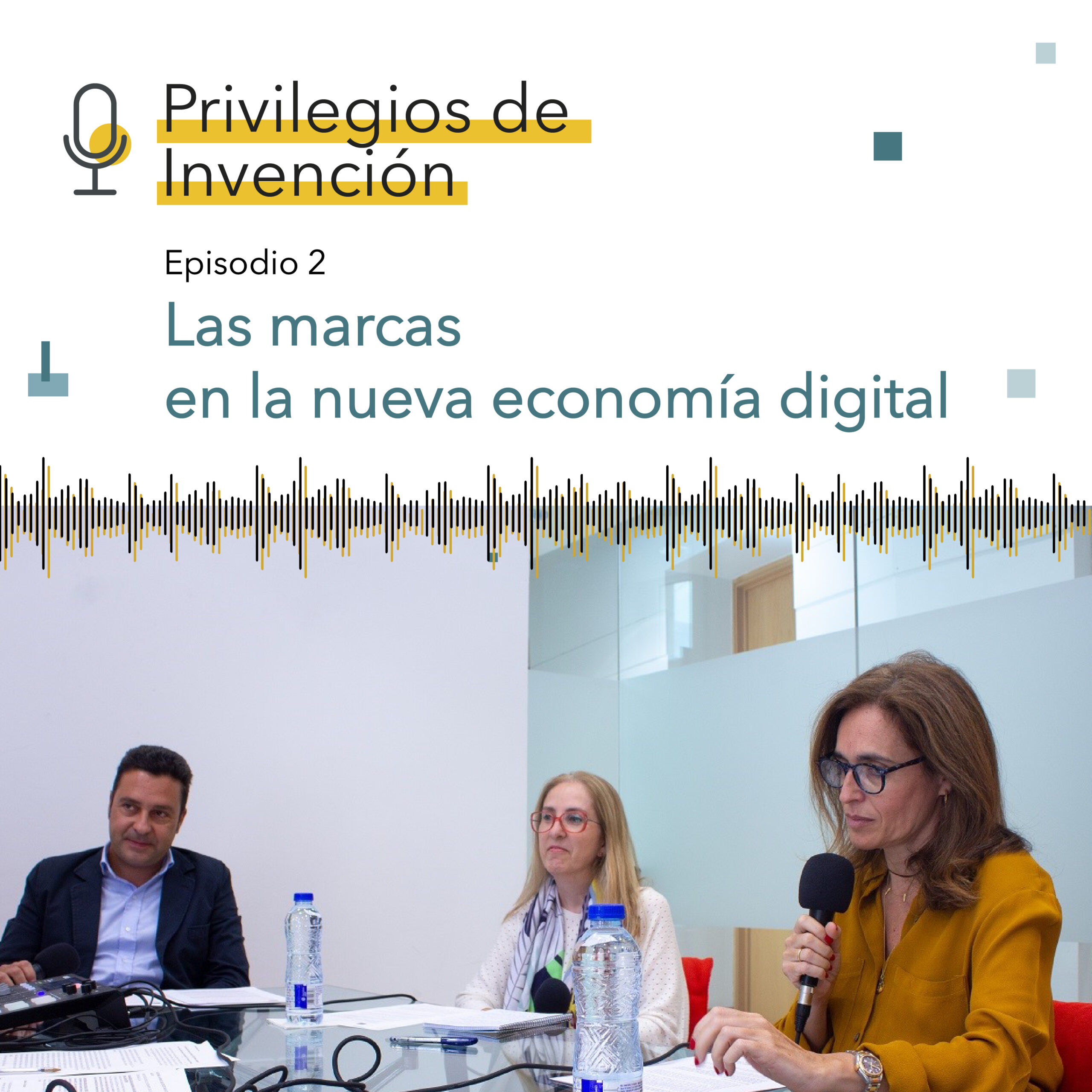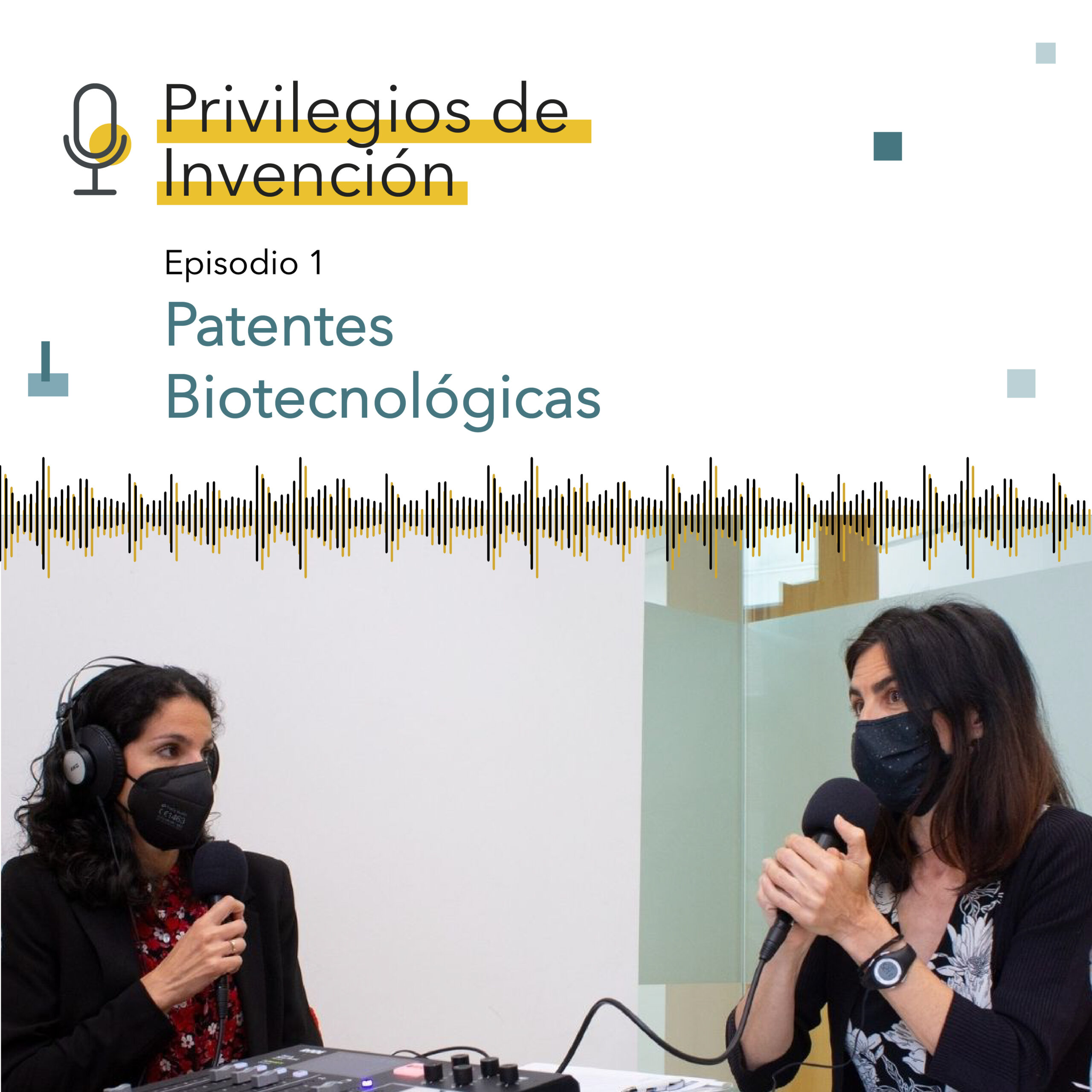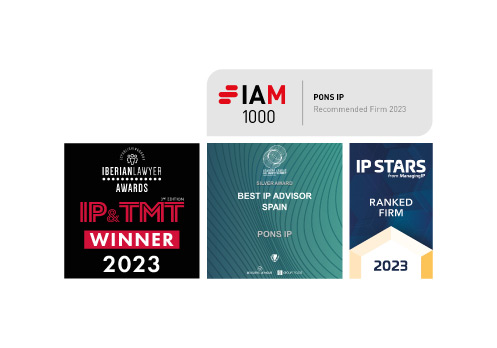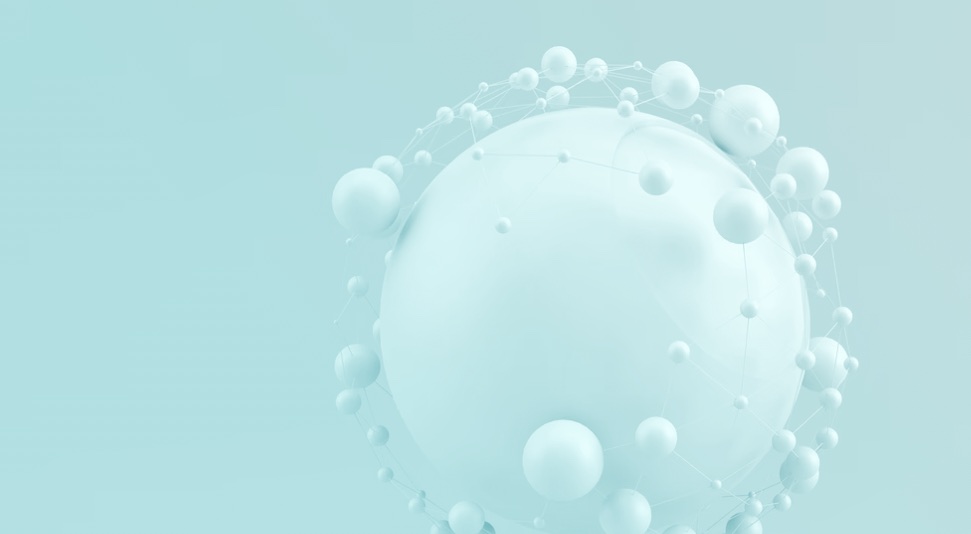The outbreak of COVID-19 around the world, the influence of the media on society and the implementation of regulations by health authorities, have led to the appearance of various products and devices related to health and hygiene that have been protected nationally or internationally by the filing of patent applications.
These innovative developments have responded to these needs and have been mainly aimed at preventing the transmission of the virus and its treatment, leading to a large number of patent applications focused on devices and products for the prevention and treatment of the disease.
The response has been swift, with the emergence of several Spanish companies who have developed and marketed products very quickly to try to fill the gaps that existed at national level in the face of the confusion of authorities involved in preventing the spread of the virus.
It is not just the commercial aspect that has been associated with the appearance of new products, there have also been several companies, and even healthcare professionals, who have sought to share their findings in the treatment or prevention of the disease to ensure they reach society at large as quickly as possible.
Although the patent or utility model in Spain grants its owner a monopoly or exclusive right in the exploitation of the patented product, it is also a public document that offers highly valuable technological information for other inventors, researchers or companies involved in a product’s technology, who can develop products at a later stage and establish license agreements for the exploitation of patents.
Patents and utility models are normally focused on innovations that provide a functional advantage, and therefore these developments incorporate added-value features with respect to other solutions that had previously existed in the state of the art.
In this regard, and as an example of products that have appeared in the COVID-19 era, patents have been found to be focused on robotic equipment for the purification of public places or homes, with higher and better performance in relation to the degree of disinfection achieved, which facilitate the fight against this and other viruses and bacteria. These devices are proving to be of special application in hospitals, clinics and official centers where there is a large influx of the general public, to this end using technology based on the automated application of UV rays in the center’s different rooms.
Other air treatment patents are geared to ventilation ducts with filtering equipment, including the use of ozone to keep the air clean from viruses and other germs.
Some of these disinfection and purification solutions have also been developed for implementation on buses, trains or in aircraft cabins, thus improving air quality and minimizing the risk of infection on public transport.
In public places, the use of hand sanitizers has also been mandatory. However, the direct manual contact with the dispenser means that its surface can be a means of transmission, hence the appearance of innovations aimed at facilitating product dosage while avoiding manual contact. Thus, patents for devices have emerged that have other means of operation, such as a pedal, which, once pressed with the foot and by means of a transmission mechanism, causes the movement of the dispenser push button that gives free passage of the gel to the user’s hands, without the need on this occasion for any manual contact with the dispenser.
On the other hand, the experience of doctors and nurses in the day-to-day treatment of disease in its advanced stage, in hospitals and particularly in ICUs, has led to the development of improvements in the breathing equipment used, which have been focused on optimizing the resources used, as well as facilitating the exchange of some of its components in operating conditions, avoiding excess pressure on the patient.
Likewise, it is widely known that pharmaceutical companies have also shielded their developments related to the emergence of vaccines and many laboratories are patenting the results of their research to obtain a licensed drug. In this case, the sales figures that are achieved as a result of the exclusivity in the exploitation of vaccines and drugs are a world away from the aforementioned products. This situation is currently the subject of some controversy, due to the suggestion being made by some players related to crisis management, that patents be liberalized in order to facilitate access to them, although to date it does not seem that this intention is going to come to fruition.
Yet undoubtedly the product to have been the greatest focus of attention, and still is today, are the face masks or face shields that have given rise to various developments accompanied by the filing of a large number of patent applications.
At the beginning of the health crisis, due to the shortage of oronasal masks, products appeared that aimed to facilitate the adaptation of other existing products that could work as masks, as is the case of an adapter for diving goggles to use them as a means of protection against infections, incorporating elements that facilitated breathing.
In addition, patents were filed for face shields that fit over the user’s head and covered, among other things, the nose and mouth, preventing the exchange of particles with other people.
However, these products were finally ruled out by the authorities in view of the mandatory use of masks, which have been the subject of various innovations aimed at the way they fit on the user’s face and especially the materials used to form the protective surface of the mask.
It is worth mentioning the development of filtration materials for masks based on ultrafine fibers designed to prevent the passage of microbial particles such as viruses, bacteria and others. Previously, most conventional protective masks simply provided a physical barrier to filter out pollutants, but did not have the ability to stop microorganisms as small as viruses sized between 100 and 200 microns. Research in this field has led to patents on respirator and mask application materials, which have made masks more efficient as these materials have been implemented.
Masks have also been the subject of diverse and varied designs oriented towards an innovative aesthetic in terms of their formal configuration and their stamping and ornamentation, these new appearances being susceptible to being protected under the industrial design modality.
In short, the COVID-19 experience over this last year has been decisive in terms of the evolution and development of new solutions in the field of health, safety and hygiene, which have led to the emergence of new patents and industrial designs that constitute a fair reward for this creative work that will have a positive impact on society and on the research and generation of new results.
Gabriel Castilla Penalva. Head of Engineering. Patents Department




